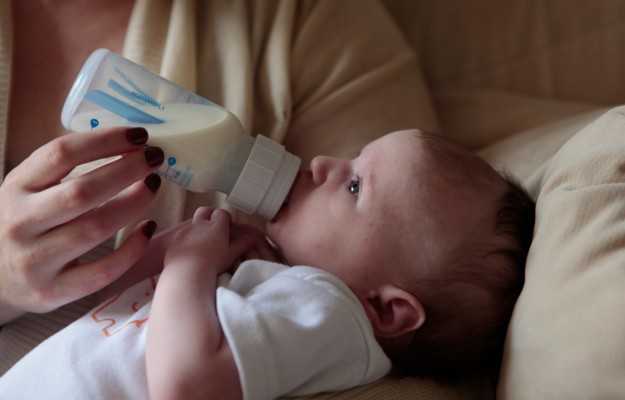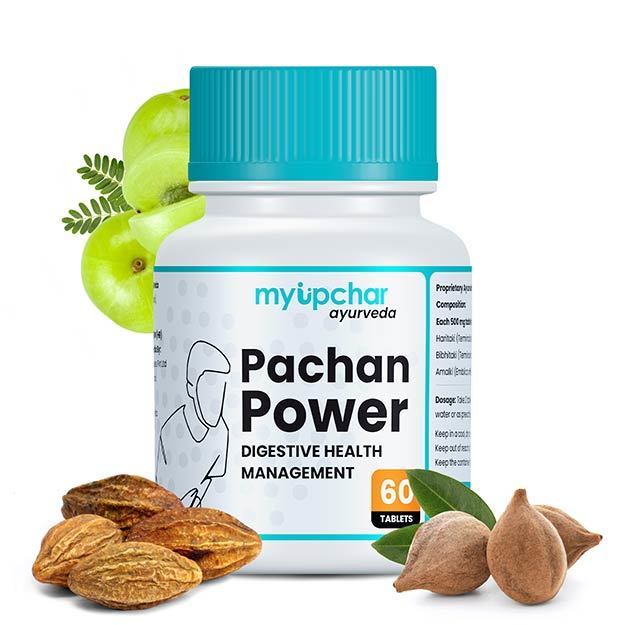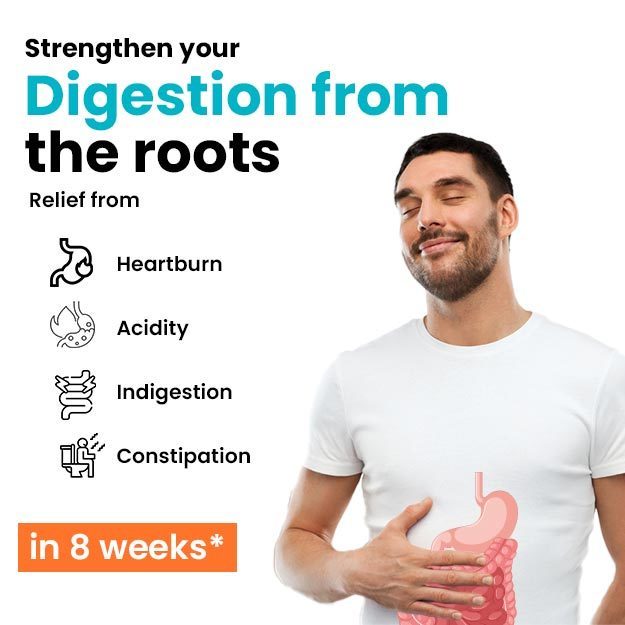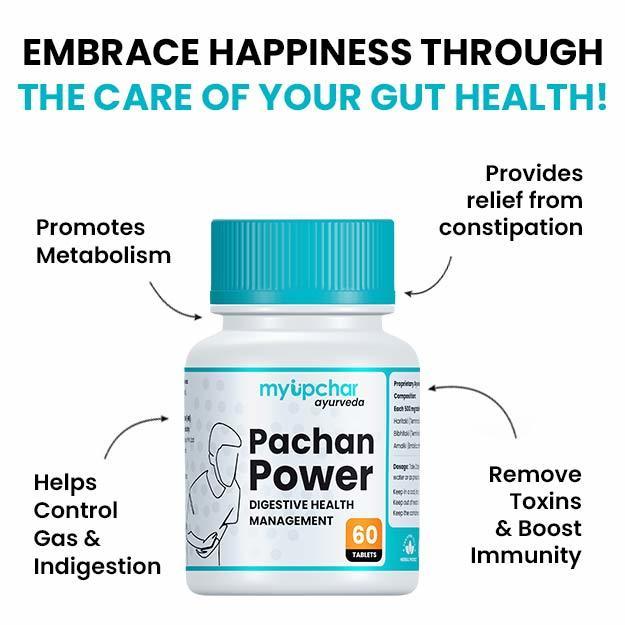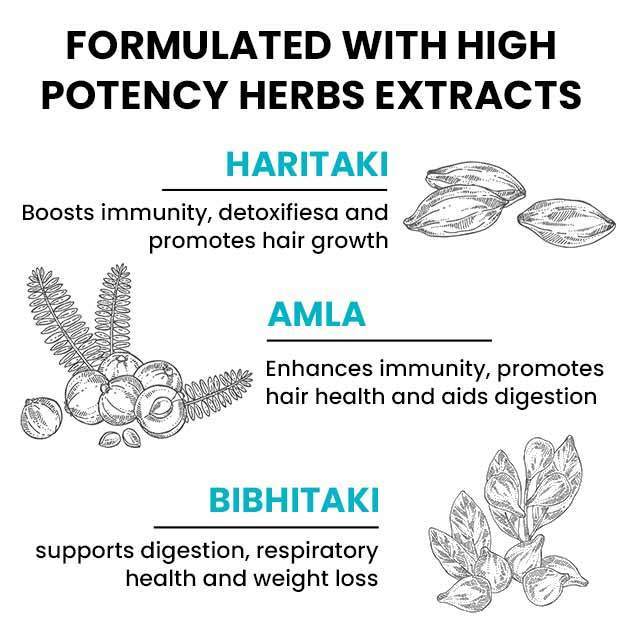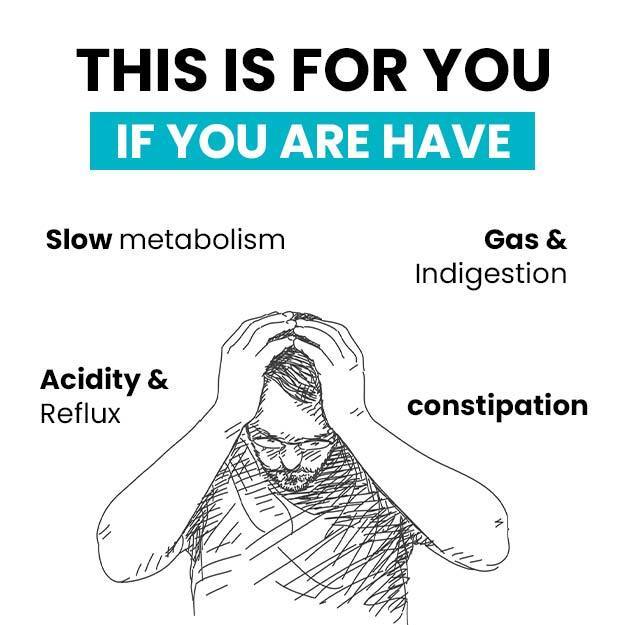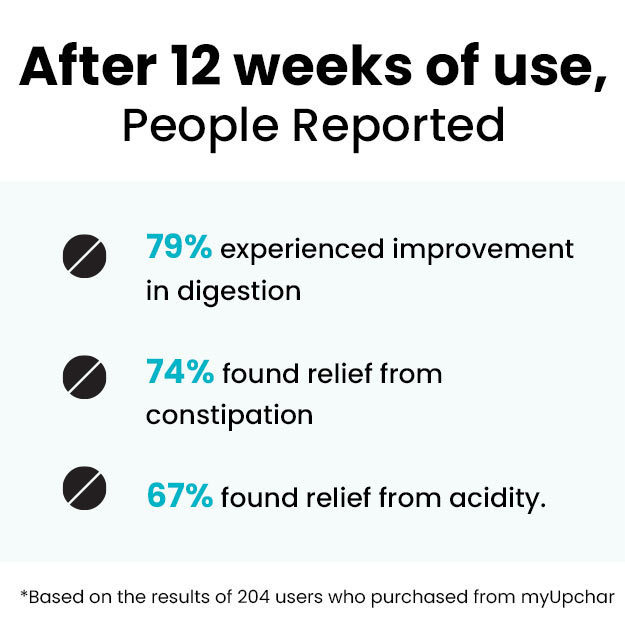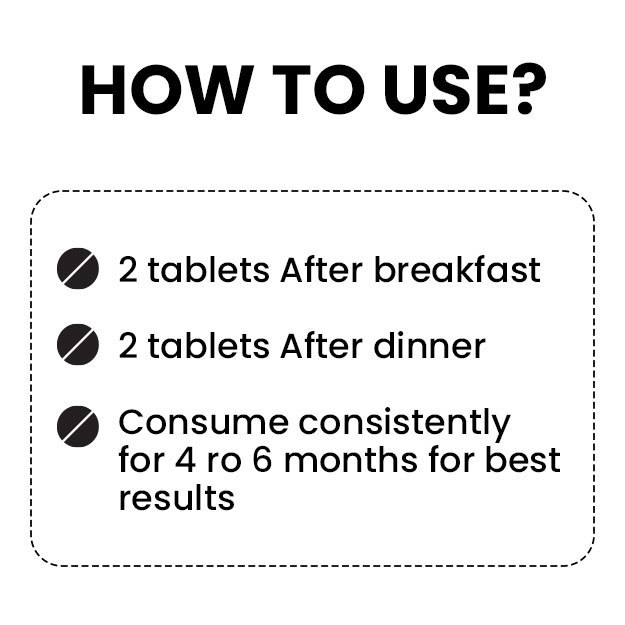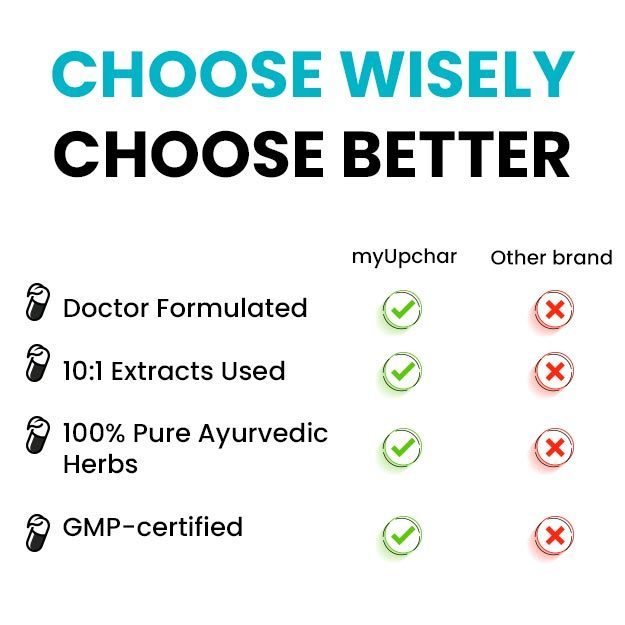Acid reflux, or gastroesophageal reflux, is not only a normal occurrence in adults, but common among infants too, as babies tend to spit shortly after being fed.
Approximately, over 50% of babies experience reflux and it is not usually a cause for concern. An infant spitting up milk after being fed is fine, but if it turns into vomiting, it can be a reason for GERD or gastroesophageal reflux disease in the child.
Although seen in babies before turning one, acid reflux can occur in older children as well, even though it is rare for it to continue. Babies that are born premature or suffering from lifelong ailments are usually more prone to GERD.
The digested food that usually travels downwards is sent up in the case of an acid reflux, going into the esophagus with the acid and other stomach contents after the food is dissolved, making it an uncomfortable experience for a child.

 Doctors for Acid reflux in babies
Doctors for Acid reflux in babies 
